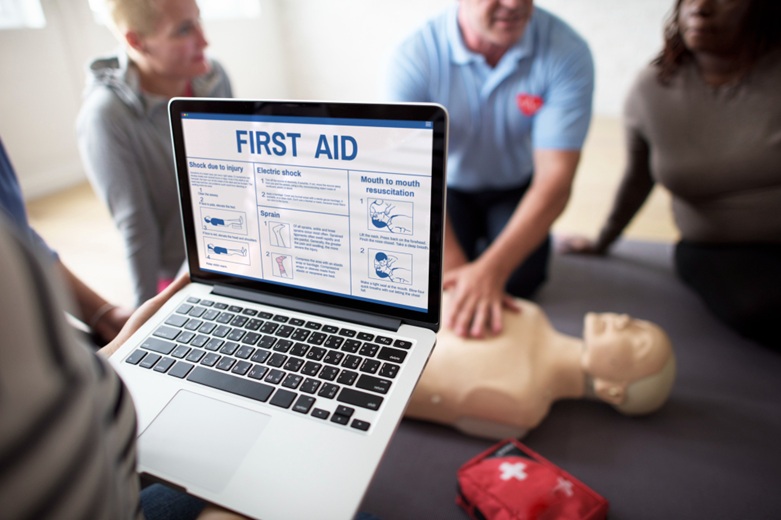Copyright quintdaily

First aid at work is the assistance provided to an individual who is injured or ill while working. It includes anything from minor wound treatment to dealing with serious medical conditions such as heart attack, severe bleeding, or loss of consciousness. UK law mandates that all businesses ensure there is appropriate first aid provision in place. This involves having trained staff, availability of a first aid kit, and an emergency action plan. The amount of cover required will vary depending on the size of the business and the risk associated with the type of work being performed. Why It Matters Sudden illnesses and accidents can occur in any working environment — not only in dangerous professions such as construction or manufacturing. Offices, retail stores, schools, and even people working at home can experience emergencies where acting rapidly proves to be everything. Having a trained first aider present ensures that any illnesses or injuries are handled correctly and promptly. In most instances, swift treatment can stop an ailment from worsening. In more severe cases, it may save a life. For employers, having adequate first aid arrangements also satisfies legal obligations under the Health and Safety (First-Aid) Regulations 1981. It might otherwise result in fines, prosecution, or injury to employees that could have been prevented. What the Law Requires All employers are required to conduct a first aid needs assessment. This considers the nature of work undertaken, the size of the workforce, the health hazards involved, and where the workplace is located. From this, the employer will have to determine what first aid provision is necessary. As a minimum, most workplaces require: A fully equipped first aid kit An individual designated to be responsible for first aid arrangements Details for staff on what to do in an emergency Larger or more hazardous workplaces might also require trained first aiders. These are members of staff who have completed a certified course and are qualified to provide first aid in work. The most standard courses are: Emergency First Aid at Work (EFAW) – typically a one-day course for low-risk workplaces First Aid at Work (FAW) – a three-day course for higher-risk workplaces Certificates typically expire after three years, and annual refresher training is advisable to maintain current skills. Typical First Aid Incidents in the Workplace First aiders are equipped to respond to many types of injuries and illnesses in the workplace. Some of the most frequently occurring include: Slips, trips and falls Cuts and bruising Burns and scalding Fainting or seizure Choking or breathing problems Allergic reactions Heart attack or chest pain They also learn how to perform CPR, use a defibrillator (AED), and place someone in the recovery position. Knowing what to do in those first few minutes can make a big difference to the outcome. Keeping First Aid Up to Date Workplaces must inspect their first aid arrangements regularly — particularly if there is a change in staff numbers, equipment, or working conditions. First aid kits must be inspected frequently and out-of-date items replaced. Employers must also record any incidents, even minor ones. This identifies patterns, enhances safety measures, and demonstrates that proper care has been taken. Contact Inspirational training for more information.



